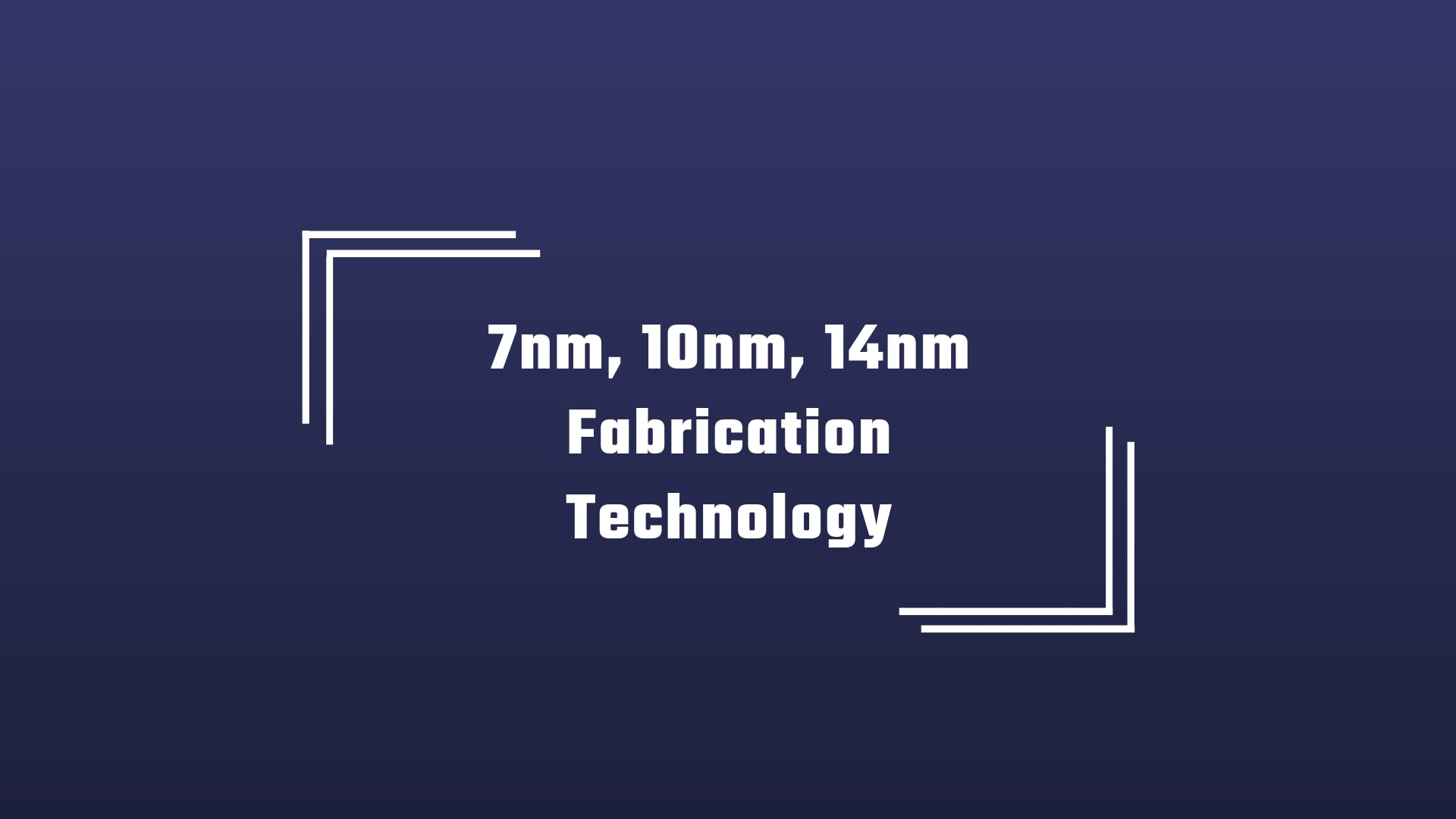Raevenlord
News Editor
- Joined
- Aug 12, 2016
- Messages
- 3,755 (1.15/day)
- Location
- Portugal
| System Name | The Ryzening |
|---|---|
| Processor | AMD Ryzen 9 5900X |
| Motherboard | MSI X570 MAG TOMAHAWK |
| Cooling | Lian Li Galahad 360mm AIO |
| Memory | 32 GB G.Skill Trident Z F4-3733 (4x 8 GB) |
| Video Card(s) | Gigabyte RTX 3070 Ti |
| Storage | Boot: Transcend MTE220S 2TB, Kintson A2000 1TB, Seagate Firewolf Pro 14 TB |
| Display(s) | Acer Nitro VG270UP (1440p 144 Hz IPS) |
| Case | Lian Li O11DX Dynamic White |
| Audio Device(s) | iFi Audio Zen DAC |
| Power Supply | Seasonic Focus+ 750 W |
| Mouse | Cooler Master Masterkeys Lite L |
| Keyboard | Cooler Master Masterkeys Lite L |
| Software | Windows 10 x64 |
The Korean RRA has listed AMD graphics cards for certification this month which may well point towards an actual announcement coming from AMD during the next month. The company has already confirmed they will be discussing RDNA2 graphics cards come their next Financial Analyst Day, set for March 5th. The new entries, D32310 and D30201, have been listed on February 03 and February 19, respectively. This is relevant for a March announcement - even if just a paper one - of the new RDNA2 GPUs because historically, it seems that AMD has registered impending releases with the Korean RRA roughly one month prior to actual product releases.
As you can see in the listing, AMD registered two graphics cards in June 2019 (D16302 and D18206 - and one month later, in July, the company released Navi-based RX 5700 XT and RX 5700. AMD also registered the RX 5600 XT model number, D32501, on December 3, 2019 with a release one month later on January 21, 2020. AMD similarly registered model number D18902 on November 27, 2019 - and AMD released the 5500 XT on December 12, less than a month later. There seems to be a pattern here. if you're wondering why the model number for these new February registrations is lower than that of the RX 5600 XT (D32501 against the newer, yet lower D32310 and D30201), it could have something to do with the fact that AMD decided to carve out the RX 5600 XT SKU later than they knew they'd be releasing Big Navi - as an attempt to curtail NVIDIA in the GTX 1660 Ti and GTX 1660 Super battlefield.


View at TechPowerUp Main Site
As you can see in the listing, AMD registered two graphics cards in June 2019 (D16302 and D18206 - and one month later, in July, the company released Navi-based RX 5700 XT and RX 5700. AMD also registered the RX 5600 XT model number, D32501, on December 3, 2019 with a release one month later on January 21, 2020. AMD similarly registered model number D18902 on November 27, 2019 - and AMD released the 5500 XT on December 12, less than a month later. There seems to be a pattern here. if you're wondering why the model number for these new February registrations is lower than that of the RX 5600 XT (D32501 against the newer, yet lower D32310 and D30201), it could have something to do with the fact that AMD decided to carve out the RX 5600 XT SKU later than they knew they'd be releasing Big Navi - as an attempt to curtail NVIDIA in the GTX 1660 Ti and GTX 1660 Super battlefield.


View at TechPowerUp Main Site











